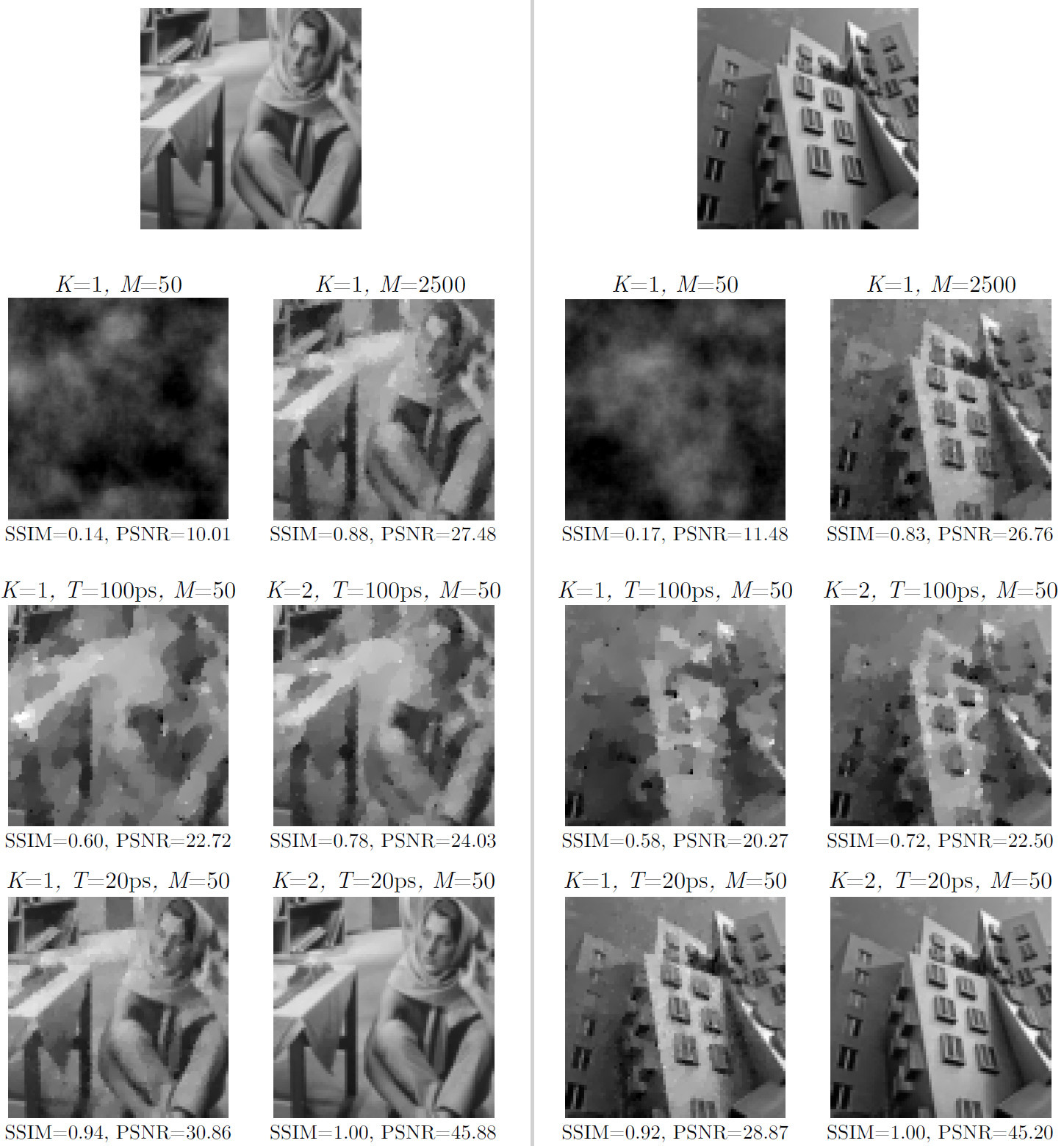Every day a person is exposed to radiation: radon gas accumulates in apartments, we receive radiation doses from space, from the soil. For the year we receive an average of 3 mSv, of which most of it is radon. In Russia,
formally, 1.4 mSv per year provides medical services, but in reality this indicator may be higher due to non-compliance with safety regulations and outdated equipment.
A group of Chinese scientists decided to find a way to reduce the amount of radiation received by X-ray photographs: the researchers
suggest using a single-pixel camera, filters, and ghost imaging technology instead of the usual X-ray technology.

For photography traditionally used lens, which directs the light flux on the matrix of photosensitive elements. The more such elements - the better the image. But there are methods of
using a photosensitive matrix of only one pixel , which in itself, without special software, is only suitable for obtaining data on the illumination. This approach is called
computational photography . One of the tasks is to get rid of the lens, the most expensive part.
 Above: sample photo. Second row: photos taken with a single-pixel camera with 50 and 2500 backlight patterns. The third and fourth row: accelerated cameras, presented in March 2017.
Above: sample photo. Second row: photos taken with a single-pixel camera with 50 and 2500 backlight patterns. The third and fourth row: accelerated cameras, presented in March 2017.However, the lenses are also a significant and expensive part of the X-ray machine. Scientists from China offer cheaper technology for taking pictures on the basis of the sensor in 1 pixel. The correlation method of image processing, ghost imaging, created about twenty years ago, made it possible to combine a large number of “weak” photos into one high-quality photographs - for the time being for a conventional light source, in the future - for X-rays. One of the advantages of such a system is the ability to use cheap cameras without expensive optics. But more importantly - less radiation exposure to the patient.
“Our system is much smaller and cheaper, and it can also be made portable for use in the field,” said Wu Ling-An from the Chinese Academy of Sciences in Beijing, head of the research team.
The ghost imaging technology involves directing radiation to an object through a filter with known patterns and multiple shooting. Each new frame must be made through a new filter. Scientists from the Wu team have changed the position of the sandpaper. Scientists have experimented on metal plates in the form of a sea shell and with carved initials. Thousands of shots are needed to assemble the final picture from black, white and gray squares. Software that knows the filter patterns for each of the snapshots computes the final result. In theory, it should be no worse than x-rays today, but it does not need to use intense radiation and high-resolution cameras.

The ghost imaging technology was used to create similar systems for the visible and infrared spectra based on programmable filters. Using the IR system, a team of scientists led by Miles Padgett from the University of Glasgow, UK,
learned how to track methane leaks. Now the team is working on the commercialization of the invention and hopes to sell the detectors to companies in the oil and gas industry as a cheap way to find leaks in the pipes.
According to Wu, the creation of a programmable filter for X-rays is more difficult, as they freely penetrate through most materials. In the meantime, for the experiment in which they used sandpaper, they had to use a high-resolution camera to track patterns. But you can imagine a commercial system for which the manufacturer initially records all the patterns, so only he will need such a camera - and the consumer, that is, the doctor, will use a single-pixel camera.
So that the new system could be used in medicine, scientists will have to prove that the total dose of radiation is lower than in existing systems. The problem is the number of shots, as well as the fact that it will vary depending on the area required for the study. Wu is sure that a small radiation for the entire thousand images in the end will be less dangerous for humans.
The scientific work was published in March 2018 in the publication Science.
DOI: 10.1126 / science.aat7285 .